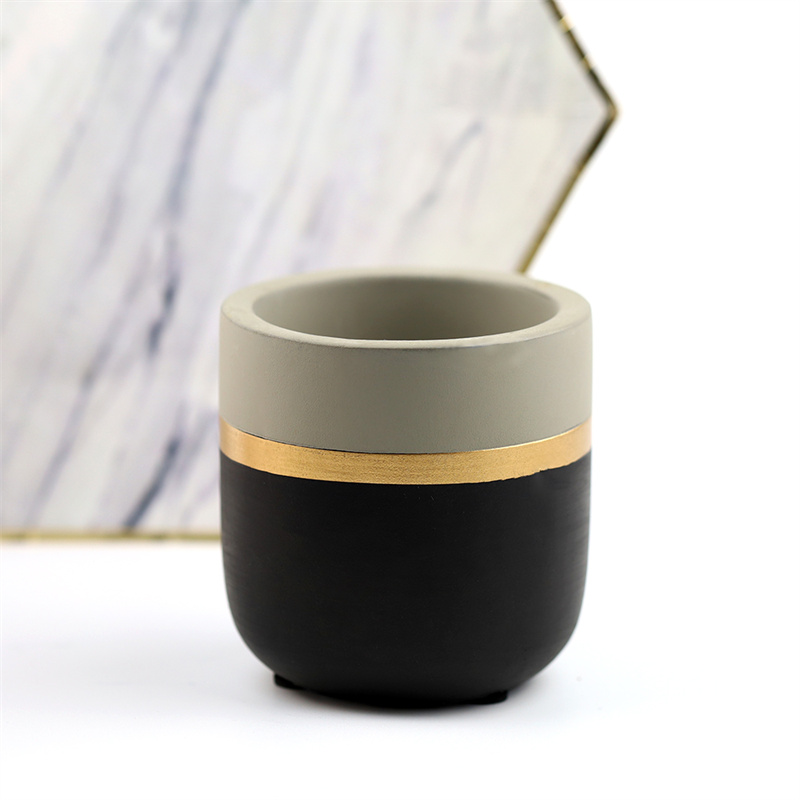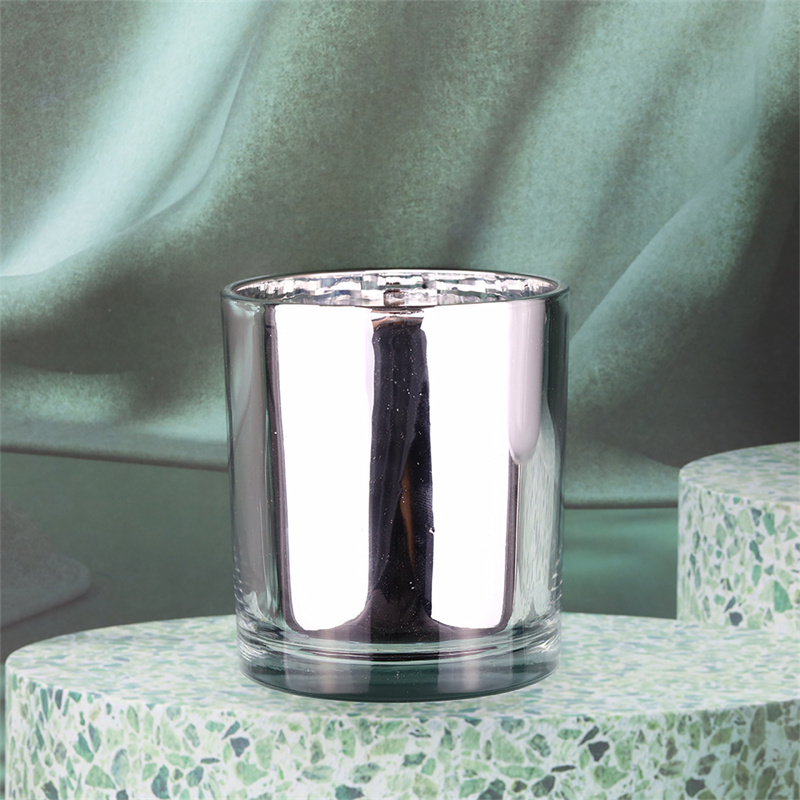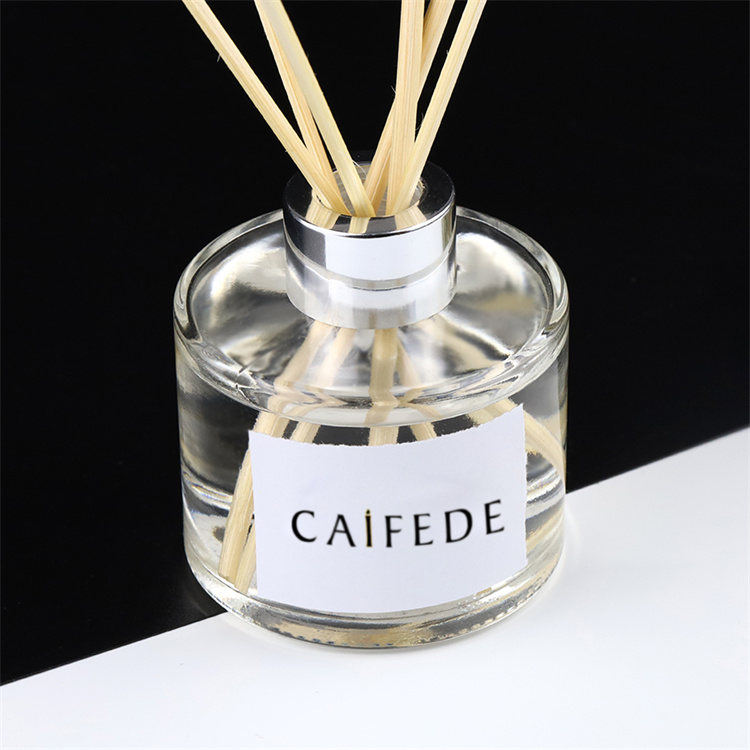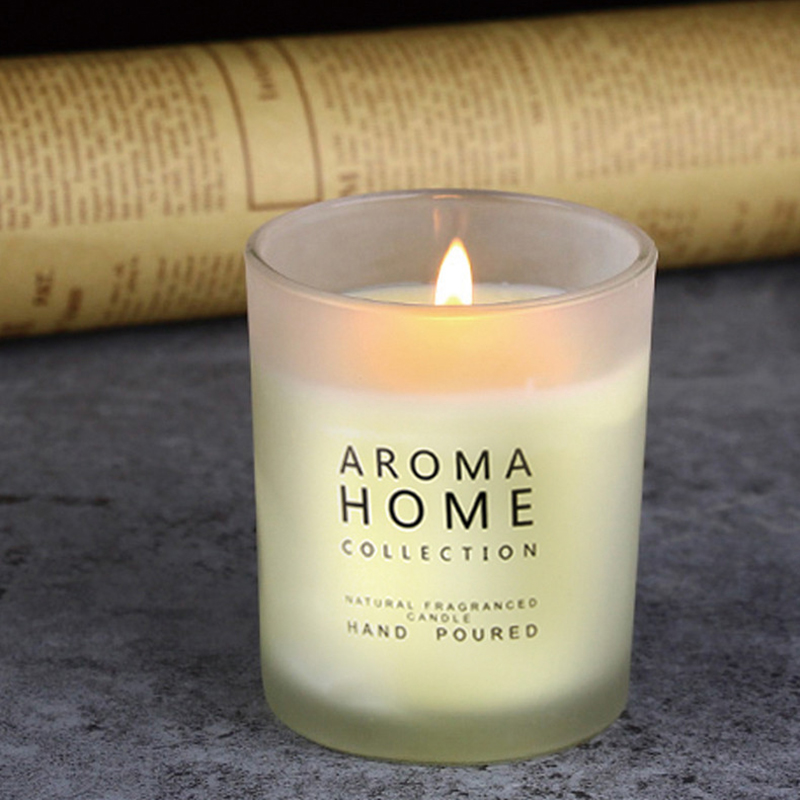info@caifedecandles.com
How to create your own private label candle line?If you want to create your own fragrance brand, private label candles. You have to consider the following issues. Hope to help you.
Choose your product:
Brand : Your own brand
MOQ : 1000sets
Material : glass,essence,wax
Scent : customized
Size : 7*8cm
Whether OEM : OEM
Payment : L/C, T/T, D/P, Western Union, Paypal, Money Gram
Delivery time : 45-60 days after samples approved
Packaging : Colorful packaging box,White Box, PVC Box, carton,or customized
Paper Private Label Examples

Transparent plastic Private Label Examples

Spraying and sculpting Private Label Examples

Brand is an intricate symbol. It is an intangible combination of brand attributes, name, packaging, price, history, reputation, and advertising. Brands also depend on consumers' perception of their users.
Your own fragrance brand sets you apart from your competitors and builds brand loyalty. Distinguishing your fragrance products from unique brands can also enable you to compete on non-price factors such as quality. This is a wise move for small businesses, because they often cannot sell at low prices. Inventory designer products can hardly attract consumers to your physical or online store. Ethnic brands are widely distributed and can be purchased almost anywhere. Since your brand is exclusive, your own brand will bring customers to your place of business. Another benefit is increased product visibility. Every time a customer opens your private label product sitting at the counter, they will remind the customer where to buy the product!
The ten steps to building your own fragrance brand are based on our basic perception of the brand. Within seven or eight years, these steps are often the content we will talk to domestic customers, and we also feel that these are the necessary major steps.
Step 1: Understand the scented candle industry environment, confirm your strengths and weaknesses, and decide on the "core" business. After a long period of mergers and acquisitions and mergers and acquisitions of listed companies, in fact a situation is that they have too many products, do not know where their core interests are, as if their core interests are the operation of capital.
Step 2: The enterprise itself needs to have a goal. This goal is at least five to ten years, and maybe at least five years in the Chinese market. There is a premise that the goal must be bold and mature. When Disney was founded, it was clear that it was to bring joy to the world. In the early days, Sony's goal was very clear. It wanted to sell its products around the world and change the Western impression of its product quality. These are very big. For example, Nike, Nike ’s goal at the beginning was very clear. I want to defeat Adidas. The goal is very clear. In fact, it really surpassed Adidas within ten years. I think aromatherapy companies need to quickly complete the consensus of goals and ideas.
Step 3: Complete enterprise identification to form a maintenance management system.
Generally speaking, when facing the change of CI, the most important thing is to ask a few questions. Do your existing employees know your company's long-term goals? What are your values? How many people can tell? Does your supervisor know where your company is trying? Does your supplier or distributor know what kind of company we are? What do customers think of your corporate image? If these questions cannot be answered, CI is likely to be required.
Step 4: Confirm the relationship between the brand and the consumer.
If the company itself faces many consumers, your third step may need to be reversed with the fourth step, which is to first confirm the relationship between your product brand and consumers.
Step 5: Brand strategy / brand identification.
This is to look at it from a large platform perspective. Is your brand just going to be an aroma brand in the world, a national aroma brand, or a regional brand? These are strategic issues. You understand your basic brand strategy What is it? Is it a single brand strategy or a multi-brand strategy, is it a parent brand or a sub-brand, is it a corporate brand or a product brand. After you have answered these questions clearly, the brand recognition system can be adjusted.
There are actually several types of brand architecture: unified identification, related identification, and individual brand identification. The advantage of integrated identification is to use the same brand and the same image, but its disadvantage is that the area you can extend may be limited. Relevant identification is the basic element for all business groups to have some common trademarks, but slight changes can be made to distinguish each other. But relatively few people do this. Unique brand identification is an independent trademark developed by all business groups according to different industrial attributes. The advantage is that different companies and different brands can form their own positioning and their own trends, but his disadvantage is that the total cost of resources is relatively high, and it is difficult to upgrade to the parent brand.
Step 6: Brand responsibility ownership and organization operation.
The biggest problem we encountered is that the organization's operation is unclear. Where exactly is the brand responsibility? Many companies have brand responsibility in the news center or advertising companies, etc. I think this is unreasonable. Another big problem is that the functions of marketing or business and communication are separated in many enterprises. This is actually very dangerous. It is very difficult to maintain the prestige of a brand. Many decision-making processes are unclear. The brand is the company's vice president who leads the final decision. In the stage where the entire IT function is getting stronger, it can actually play a good role in implementing system training.
Step 7: 360-degree integrated marketing communications plan and implementation
Generally, integrated marketing communication is more inclined to four aspects: advertising, public relations, promotion, and direct marketing. In the future enterprise, the key to the real competition between the enterprise and the enterprise is how many reputable customers you have. These customers are not only to have a list, but to understand deeply, his life, his Values and the relationship with your brand are the keys to the future.
Step 8: Contact consumers directly, keep records, build a live customer database, and build brand loyalty.
I believe that most product categories are 20% of customers buying 80% of sales, so our challenge is how do you get the database of 20% of customers, and more and more data prove that the cost ratio of acquiring new customers The cost of maintaining an old customer is much higher. When you develop new customers, the operating profit of the entire company will inevitably decline. These are important facts, so one-to-one communication will become more and more important. The spread can actually create effects gradually.
Step 9: Establish an evaluation system to track brand equity.
To see different projects of different brand assets, there needs to be a constant and consistent survey method. Based on this evaluation, explain the entire plan and make some adjustments.
Step 10: The investment brand is consistent and not easily changed.
Building a brand is actually not easy, it takes time, and it takes a long time. In the process, you need to persist. In a downturn, you still have to continue investing and change a brand image. Or it is a pity to change a brand image for another advertising company.
Four steps to creating a fragrance brand
Building a strong brand: the four steps of brand building
1. Ensure identification of the brand with customers and an association of the brand in customers ’minds with a specific product class or customer need.
2. Firmly establish the totality of brand meaning in the minds of customers by strategically linking a host a tangible and intangible brand associations with certain properties.
3.Elicit the proper customer responses to this brand identification and brand meaning.
4. Convert brand response to create an intense, active loyalty relationship between customers and the brand.
1.Who are you? (Brand identity)
2. What are you? (brand meaning)
3. What about you? What do I think or feel about you? (Brand responses)
4. What about you and me? What kind of association and how much of a connection would I like to have with you? (Brand relationships)

A candle holder is necessary for a candle not only for beauty but also for safet...
More >>
When mentioned home decor, nearly nobody can think of candle holders because it ...
More >>
Home fragrance is widely used because it can be used as air freshener and as hom...
More >>
When it comes to scented candles,which occasion you can think of,birthday party,...
More >>
CAIFEDE is one of professional home fragrance companies.We can do reed diffuser ...
More >>
There are so many different choices for home fragrance.2.25 inch diameter Scente...
More >>
For this 2.25 inch diameter scented hand made pillar candle,can be made of paraf...
More >>
Our 3x3 glass pillar candles,are poured with 100% natural soy wax,which is burnt...
More >>